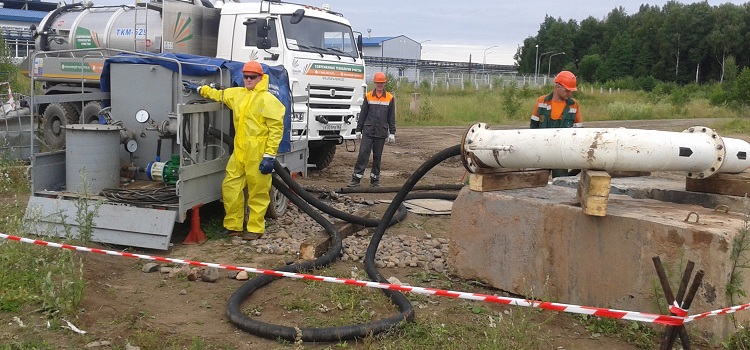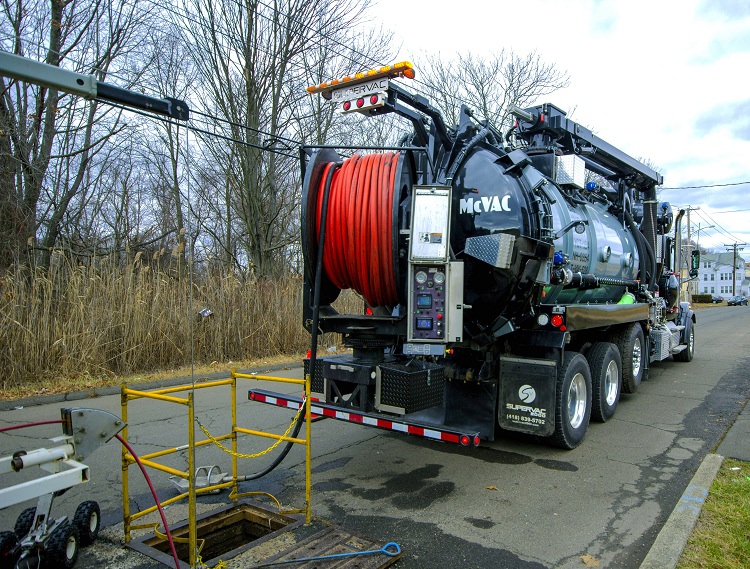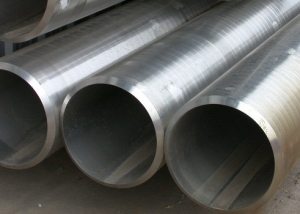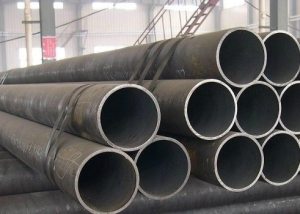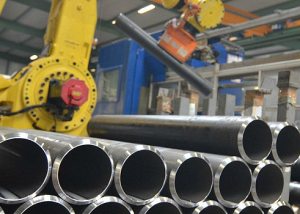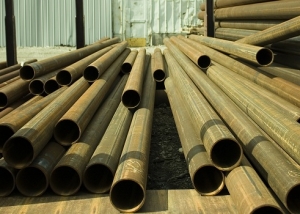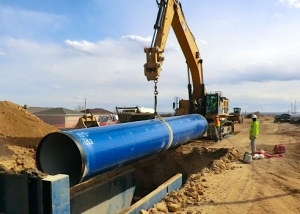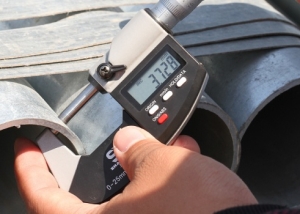The average layman usually believes that if the pipes do not leak, then the system has no problems. This approach is misleading, since in this case only the external state of the structure is considered, and not what is happening inside. Meanwhile, serious troubles can arise there due to the formation of rust, deposits and accumulations of other “garbage” that overlaps the cavity of the engineering communications branch. Therefore, the cleaning of pipelines should be carried out not only if there are problems, but also for preventive purposes.
Content
Cleaning Methods
The main difficulty of this procedure is the susceptibility of the pipe walls to mechanical stress. With this in mind, the following types of pipe cleaning are currently used.
Hydrodynamic method. This technology allows you to get rid of scale, rust and clogging inside communications, moreover, for a relatively moderate fee. At least, replacing system elements will cost many times more. Calcium, magnesium and sodium salts are also removed during the washing process. This is accomplished by the action of numerous thin streams of water supplied under high pressure, coming from the unit through special nozzles.
Advice! Choose the device for producing such jets, taking into account the features of the system. First of all, be aware that pipe cleaning with this method must be carried out without exceeding the permissible load on the walls of the structure. Devices develop significant power reaching 150 atmospheres.
The unit for hydrodynamic flushing belongs to the category of multidisciplinary equipment. Therefore, before you start cleaning the water pipes with its help, you need to take care of the presence of special nozzles. They are of the following types:
- universal;
- bottom;
- vibrating;
- rotary;
- punching.
Ease of implementation is the main advantage of this method. No special knowledge of how to clean the pipes is required here. The hose with the selected nozzle is simply inserted into the system, after which the water supply is turned on. The jets hit the walls of the pipe element in opposite directions and wash off even petrified debris.
Hydrochemical technology. This method is based on the use of chemical mixtures. Their list is approved by the sanitary and epidemiological surveillance authorities, and the composition is based on alkaline and acid solutions of reagents. The action of such funds is mainly aimed at removing scale and rust. The most common today are caustic soda, phosphoric acid. However, in the arsenal of firms of the corresponding profile there are other similar composite inorganic and organic types of acids, with the help of which various pipes are cleaned very efficiently.
Pipeline cleaning
This procedure is performed:
- before putting the gas supply system into operation;
- periodically during operation.
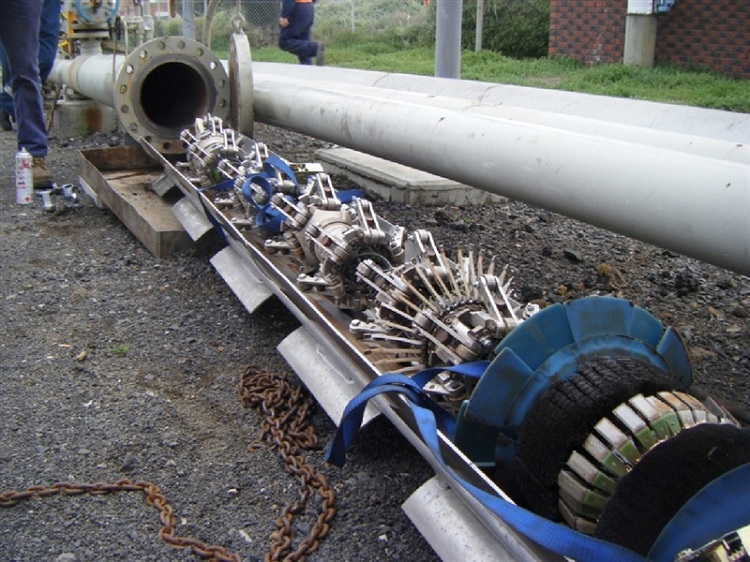
Gas lines are cleaned immediately after pipe laying to remove any foreign objects and debris that accidentally get inside
Cleaning of gas pipes is necessary so that the transported substance does not change its physicochemical properties, and the pipeline itself works reliably with a given capacity. The purpose of such an event is the removal of burr, scale, accidentally ingested dirt, pieces of ice, snow, water and foreign objects from the cavity of the pipeline.
To clean the gas pipeline, modern companies of the corresponding profile mainly use two methods:
- Flushing with skip cleaning pistons. This technology is used when it is planned to test the gas transportation system hydraulically;
- Purge with skip cleaning pistons. This technology is practiced with respect to gas pipelines laid with partial deepening, above and below ground. Cleaning pistons at the same time pass through sections of the line, the length of which is less than the distance between a pair of adjacent disconnecting devices.
The cavities of aboveground pipelines are subjected to this procedure after the pipes are laid on supports and fixed, onshore pipelines after laying with finishing bunding, and underground ones after laying in a ditch and backfill.
The purging of gas pipelines laid on the supports on the ground is carried out simultaneously with the passage of purification devices under pressure of compressed gas or air (the length of the section does not exceed 10 km, the speed of movement is not more than 10 km / h). Final cleaning of gas pipes is carried out by the same purge by creating high-speed flows of the same substances in the highway. Cleaning pistons are not allowed through. By the same method, pipelines with a diameter not exceeding 219 millimeters are purged.
Note! The technology requirements in the latter case are formulated as follows: the length of the pipeline section should not be more than 5 kilometers.
Flushing is used to clean the main gas pipelines at the points of their passage through considerable water barriers. This procedure is carried out with the aim of preliminary hydraulic testing in the process of filling the pipelines with water. Another option is to purge before transition testing.
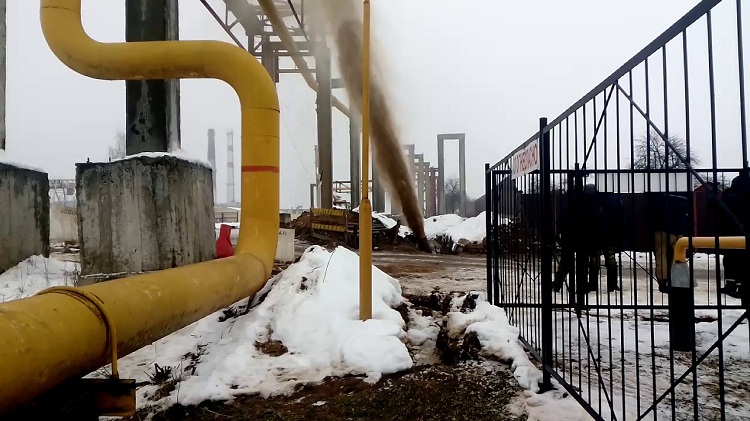
Gas purge is a complex and serious process, the features of which depend on the location of the pipes, their length and diameter
A few numbers. The chambers for starting and receiving a cleaning piston have a diameter that is usually larger than the gas pipeline. So, for example, if the value of this indicator of the pipeline is equal to 1420 millimeters, the cross-section of the chamber is 1620 millimeters. Chambers with a volume of 100 cubic meters operate in the temperature range of 20 ۫ C ≤ T ۫ ≤ 80 ۫ C at an operating pressure of P = 75 kg / cm2 (7.4 MPa).
The principle of operation of the gas pipeline cleaning system
The starting stage of this procedure is to start the piston. This is done as follows. By machine, on rails or on a trolley, a cleaning piston is transported to the chamber. Then the lid is removed from the chamber, and this piston is introduced into the internal cavity, after which it is pushed a little. Then the lid is closed and gas is introduced into the chamber through the pipeline under pressure. The piston begins to move along the highway to the next station, where it is received. The cover of the reception chamber at this moment is hermetically closed. After the cleaning device enters the chamber, the taps immediately close. To remove the piston, depressurise the system. This is accomplished by opening a candle tap.
Oil pipe cleaning
Inside the pipes of the oil product transfer system, accumulations of various mechanical impurities are formed - tarry substances, asphaltenes, ceresins, sand, scale, and rust.All of them not only reduce the quality of the transported substance, but also cause flange joints to wear, clog the valves and wear the pipes themselves. But the most troubles are caused by paraffin deposits. The fact is that they are capable of so overlapping the lumen of the highway that pumping of petroleum products can completely stop.
As a result of scientific research, it turned out that these deposits are uneven along the pipeline. In the initial section of the highway, the temperature is higher; accordingly, paraffin accumulations there are insignificant. When the temperature of the pipeline, due to its contact with the soil, decreases, the mineral wax begins to be intensively deposited on the walls of the pipeline. Then the thickness of its layer decreases.
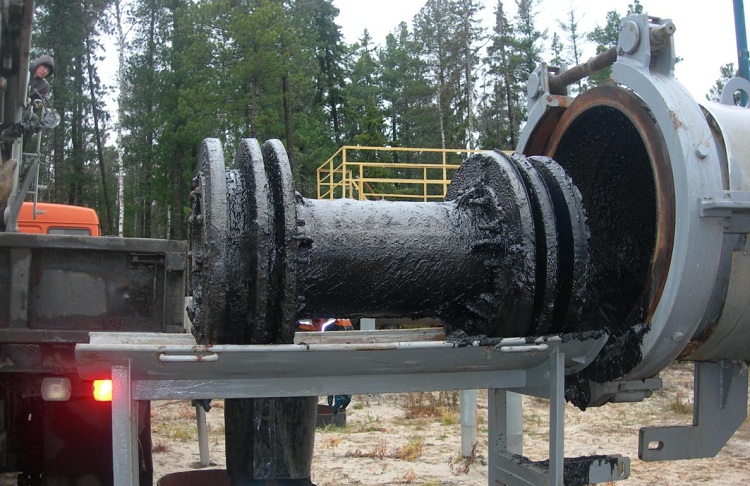
Deposits of various substances that make up the composition of oil accumulate inside the oil pipelines, so periodic pipe cleaning is necessary
This phenomenon is due to two factors:
- the bulk of the paraffin was deposited in the previous section;
- oil is already moving at a constant temperature, which coincides with this indicator of soil.
So that the throughput of the pipeline does not decrease, preventive measures should be taken. This will save a considerable amount of money, since cleaning the pipelines for pumping oil products from deposits is an expensive undertaking.
On a note! The list of preventive measures is quite extensive: starting from the annual cleaning of reservoirs from the mixture of hydrocarbons remaining in them, and ending with the introduction of special additives in high-paraffin oil to increase its fluidity.
But sooner or later, the cleaning of the main pipes of the oil pipeline will still be required. Several methods have been developed for this. At the same time, today mechanical cleaning is most widely used. Consider it in more detail.
This method is based on the use of special scrapers. Their cleaning elements are wire brushes, knives and all kinds of discs. Different designs differ in cross-country ability, wear resistance and sediment removal efficiency. The first of these properties characterizes the ability of the scraper to bypass various obstacles inside the pipeline - flanges, washers, transitions, valves, etc.
Wear resistance is determined by the effective cleaning length of the pipeline. For example, with regular cleaning of engineering communications of this type, metal scrapers can resemble without excessive wear up to 100 km.
For the non-stop movement of these elements, a flow velocity of at least 1.2 m / s and a certain pressure are required. Therefore, duty personnel must strictly control the pumping mode. It is also necessary to monitor how the scraper moves along the length of the pipeline. For this purpose, a portable sound absorber is used, the design of which includes a microphone, amplifier and headphones.
Good cross is inherent in spherical rubber dividers like CH. Such a scraper is made of wear-resistant rubber, has rounded plastic and metal cutters that are pressed into the outer shell of this device. The working fluid is pumped through a valve located on it under pressure. Due to its effect, the outer diameter of the scraper increases, due to which the cutters begin to protrude above the surface. Their location is chosen so that the scraper, being in the cavity of the pipeline in any position, cleans its entire inner surface. Balls made of rubber braided with a metal chain are also used.
The frequency of use of scrapers is also influenced by economic considerations. Paraffin deposits cause a decrease in the throughput of the pipeline, resulting in increased losses. Moreover, they increase in two cases:
- with the increase in the interval of passage of cleaning devices;
- with a decrease in the value of this indicator. This option involves increasing the cost of acquiring scrapers.
Advice! Based on this, the frequency of skipping the cleaning elements should be chosen so that the sum of the costs of cleaning and the losses from excessive waxing of the oil pipeline is minimal.
Pipe cleaning of nuclear power plants
This procedure must be carried out in relation to pressure oil pipelines, drain pipes and drain collectors of turbine units of nuclear power plants. In order for the quality of work to comply with GOST, they must be performed:
- plants with a capacity ranging in the range of 1200 ≤ P ≤ 20,000 liter / min:
- with a pressure reaching 60 bar.
As a result of cleaning pipelines and collectors of nuclear power plants, a cleanliness class of 4-6 should be obtained (according to GOST 17216). Then the reliability of the turbines will increase two to three times and, in addition, the service life of the turbine units will be increased. Moreover, the real values of these indicators largely depend on the cleanliness of the oil facilities of the steam turbine plants, which include the following systems:
- lubrication of bearings of the turbogenerator and turbine;
- turbine protection and regulation;
- turbine generator shaft seals;
- lubrication of pumps feeding steam turbine plants;
- reception, storage, and oil regeneration.
Profitability and durability of all pipeline parts are directly determined by the state of its internal surface. Primitive control methods eliminate only a small fraction of contaminants, leaving most of them inside engineering communications. Having preferred obsolete cleaning technologies, the contractor runs the risk of encountering a complete blockage of the line.
